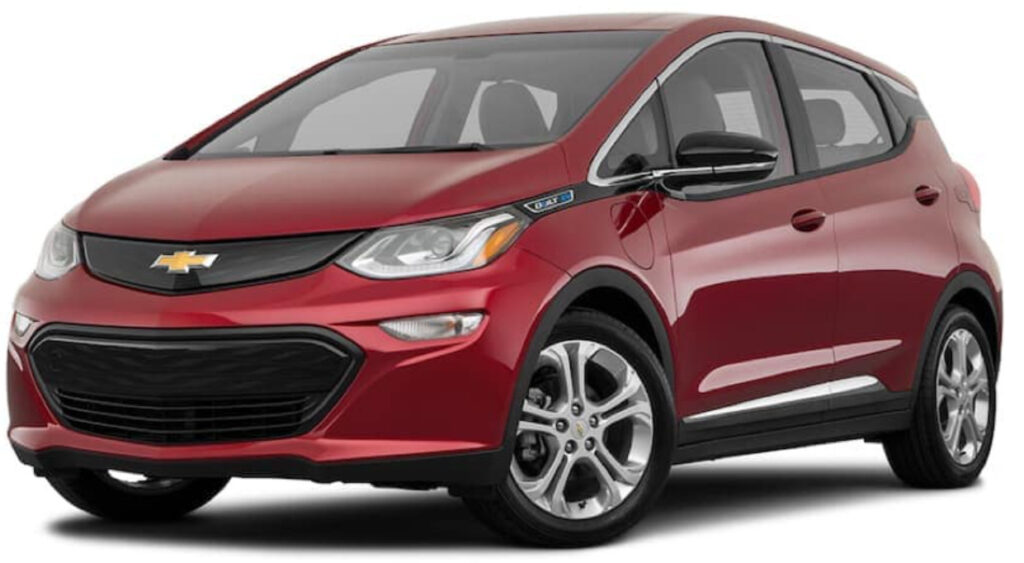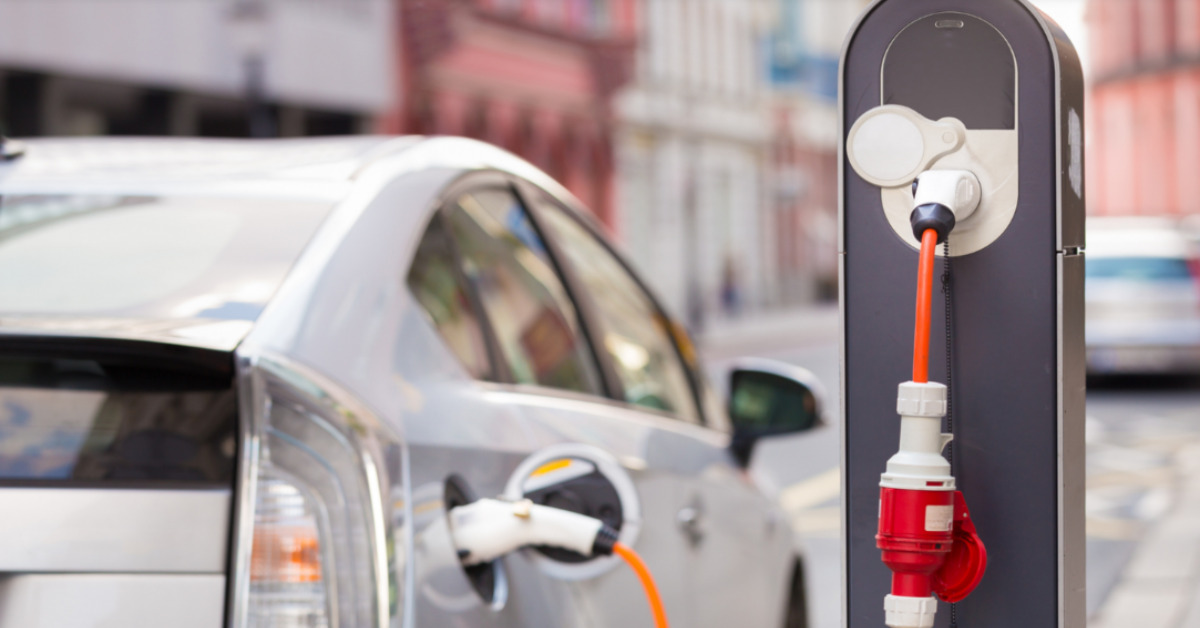If you’ve ever thought about an electric vehicle, you have probably also thought about how much electricity it will use and how much it will cost.
In this blog, we’re going to discuss how much electricity an electric vehicle uses. Also, provide a tool to help you calculate this for yourself.
What is an electric vehicle or EV?
First, let us define what an EV is. Instead of a gasoline tank and an internal combustion engine, electric vehicles (EVs) have a battery and an electric motor. There’s also the plug-in hybrid electric vehicle (PHEV), where gasoline and electricity are used as fuel sources. EV and PHEV may qualify for tax credits under the Inflation Reduction Act. This would propel the number of people to switch to EVs, but we will explain more about that in another blog.
In 2021, it was reported that less than 1% of the 250 million cars, SUVs, and light-duty trucks on the US road are electric. It’s likely to increase, especially under the government’s goal, by the year 2030, 50% of EVs must be sold. When people consider an electric vehicle in their future, one of the first things they think about is ‘How much electricity will this thing use, and how much will that cost me?’

How do we charge EVs?
How do we charge EVs? Charging an EV is easy. Just plug it into a charging station, then wait for its battery to be filled. However, the charging length depends on your EV type, the charging equipment, the size of the car’s battery, and its charging capacity.
There are 3 levels of charging EVs:
Level 1 charging: This is the slowest charging method but enough for drivers who travel 30-40 miles daily and charge overnight. Equipment installation is not required on this one. It works well at the home, office, or anywhere with sufficient time to charge. It’s ideal for plug-in hybrid electric cars with small batteries but can also charge some battery-electric car owners.
Level 2 charging: This is considerably faster than Level 1 charging but needs an installed charging station or the electric vehicle supply equipment (EVSE). You need a dedicated 240-volt or 208-volt electrical circuit, just like what clothes dryers have. This is commonly seen in public and workplace stations and in homes. It uses the same standard connector as Level 1 charging, so any EV can use this.
Direct Current Fast Charging: This is the faster available charger. This needs a 480-volt connection not suitable for home use. You can usually locate this in shopping centers or along major travel corridors. Also, only some electric car models can be charged here.
If you own an EV with greater capacity, what it will mean to you, besides a greater driving distance, is you’d be plugging it in less frequently. But when you do, you’d pull more electricity in one go than someone with a smaller battery.
Factors affecting how much electricity EV use
- How you drive: If you go your EV with a heavy foot like a new drag racer in training, it will use more energy. The immediate torque of an EV will cause you to burn more electrons. How you drive will have a lot to do with how much electricity it uses and its cost.
- Where you charge: Another variable is where you charge. If you can’t avoid using public charging networks, it’s common to see rates hovering around.50 cents per kWh. Unfortunately, this cost is beyond your control and may dramatically affect your charging expenses, especially in cases where you need a fast charge to make it home. On the other hand, if you can charge for free at work, you will benefit financially.
- Location and the utility rates: How much you pay per kWh where you live and when you charge impacts your electric cost. For example, in CA, where the average cost of residential electricity, according to the Energy Information Administration, is almost $.25/kWh. If you have a 100kWh battery, the straight math would be $25 to fill up. Now take a state like Texas, where electricity averages $.14/kWh. That same charge will cost you $14. Either way, if you get 300mi out of your battery, that’s way better than the cost of gas, even at $25. Remember that some utilities have different rates at different times, AKA time of use rates – check out the video explaining that here. TOU rates mean you get charged a different rate depending on when you use power. If you plug your EV into the grid, even in San Diego, where electricity is ungodly expensive, AND you have the correct rate, you can charge your EV for as low as $.06/kWh SO LONG as you charge it at night. If you come home during peak hours and have to charge to go back out, the cost of electricity would increase by 10 times to over $.60/kWh.
- Car type: The car of your choice is the last variable to consider when answering the how much question. Fortunately, this is also the easiest variable to solve for. It also becomes more personal because you can enter real numbers with the electric vehicle calculator.
How much electricity does your EV use?
What we did at DroneQuote was source all this data from the Department of Energy. We created a calculator that lets you select a specific electric vehicle you may have in mind.
With additional inputs you make, you’re able to get helpful information about EV electricity usage and cost. With this calculator, you can input real numbers as they pertain to you. This is where we get the confidence to give you an estimate of your usage numbers.
Additionally, DroneQuote electric vehicle calculator will also tell you how many solar panels you would need to offset the amount of power your EV uses. But these numbers represent average driving.

The number of panels estimate is also based on panels facing west with zero obstructions to light. If you have a roof with measurable shade and orientation, such as east or north, on which you put panels, you would need additional panels to compensate for the loss of efficiencies. Conversely, if you have a roof facing due south and zero obstructions, you would need fewer solar panels to offset your driving because of efficiencies gained in orientation and solar access percentage.
Why choose DroneQuote?
This EV calculator is a small sample of what DroneQuote does for its clientele. Our marketplace for solar and roofing serves you through education. So that you can make sensible decisions should solar be something you consider.
If solar doesn’t make sense, we’ll tell you that. So you can invest your money into something that will offer the return you’re looking for. If solar does make sense, especially if you’re considering an EV, we’ll answer all of your questions. More importantly, give you an understanding of how and why we put together your quote. We consider your home’s specific conditions- which often factor into how much solar you need and why. We provide bountiful information for our clients, so check out our website and socials.
